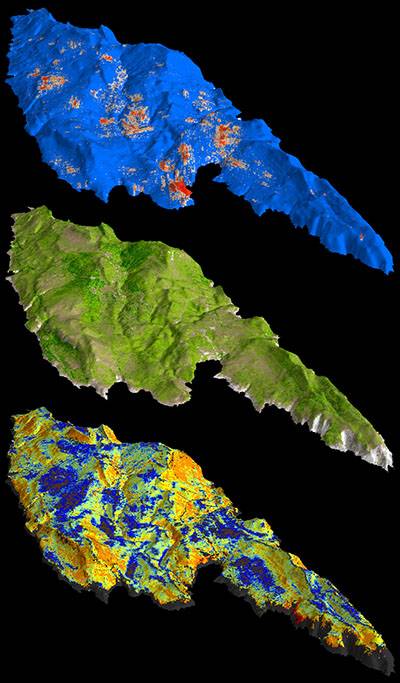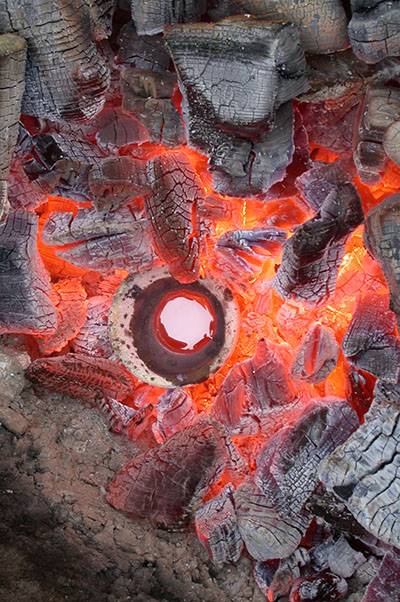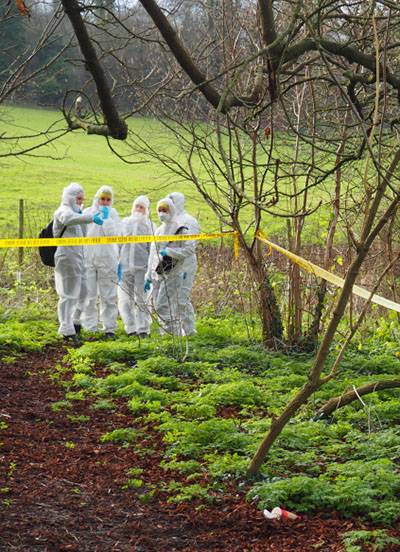The Institute has a long-standing position as a world-leading centre for cutting-edge research in Environmental Archaeology, Archaeological Material Science and Computational Modelling.

A hallmark of our approach is the application of computational and natural science methods to anthropological and archaeological enquiry, resulting in a holistic and socially relevant understanding of the interaction of past people with their environments and material culture.
The focus of our research spans a time depth from the Palaeolithic to the present, with active field and laboratory projects around the globe. These endeavours contribute to an understanding of both past and present day communities, covering globally relevant topics such as the impact of climate change on human societies, long-term changes in human diet and health, the emergence and development of tool use as a specific human skill, and its relationship to the emergence of speech and the evolution of the brain, how humans have exploited natural resources and landscapes for sustainability, spatial processes of colonisation and settlement diversification, the impact of humans on their natural environments, evolutionary approaches to the transmission of human culture, the role of visual perception in past and present human use of space, and the evolution of major food crops and domestic animals, with a special focus on the UK, China, India, the Mediterranean and the Middle East.

Our research in archaeological materials investigates the development and significance of human technological expertise. In addition to natural materials such as wood, leather, bone, stone and various fibres, we examine ceramics which first appeared around 10,000 to 15,000 years ago, smelted metals such as copper and lead technologies beginning some 7,000 years ago, and glass, a relatively young material, with less than 4,000 years of regular use.
The Institute has an outstanding reputation in archaeometallurgy, the study of ancient metal production, with over forty years of continuous research and teaching expertise, and the largest postgraduate teaching and research programme anywhere. Current archaeometallurgy projects cover South America, China, Africa, and Europe, from the World's earliest known evidence for copper smelting (in Serbia, c 5,000 BC) and the earliest silver production in South America (in Peru, c 400 AD onwards) to early Islamic crucible steel production (in Uzbekistan), the emergence of modern chemistry from its roots in metallurgical analysis (in the Renaissance), to early industrial platinum production in Russia in the mid 19th century.

We are also a leader in the study of Late Bronze Age and Roman glass production, in close cooperation with the Petrie Museum of Egyptian Archaeology and current excavations in Europe and the Near East. More recently, we have expanded our teaching and research activity on ancient ceramics, and offer now one of the few courses in this area in the UK.
The Institute of Archaeology is exceptionally well placed to promote research on this broad theme. We have over 20 teaching and research staff in the Archaeological Sciences Section. Teaching and research benefit from unparalleled archaeobotanical, zooarchaeological, and phytolith reference collections, digital archaeological datasets, and the comprehensively equipped Wolfson Archaeological Science Laboratories and Archaeological and Geographical Information Systems Laboratory. Our staff command a wide range of relevant scientific expertise in archaeology, botany, chemistry, computer science, experimental archaeology, geographical information science, geology, human biology, mathematical modelling, metallurgy, mineralogy, pedology, sedimentology, statistics and zoology.
 Close
Close

